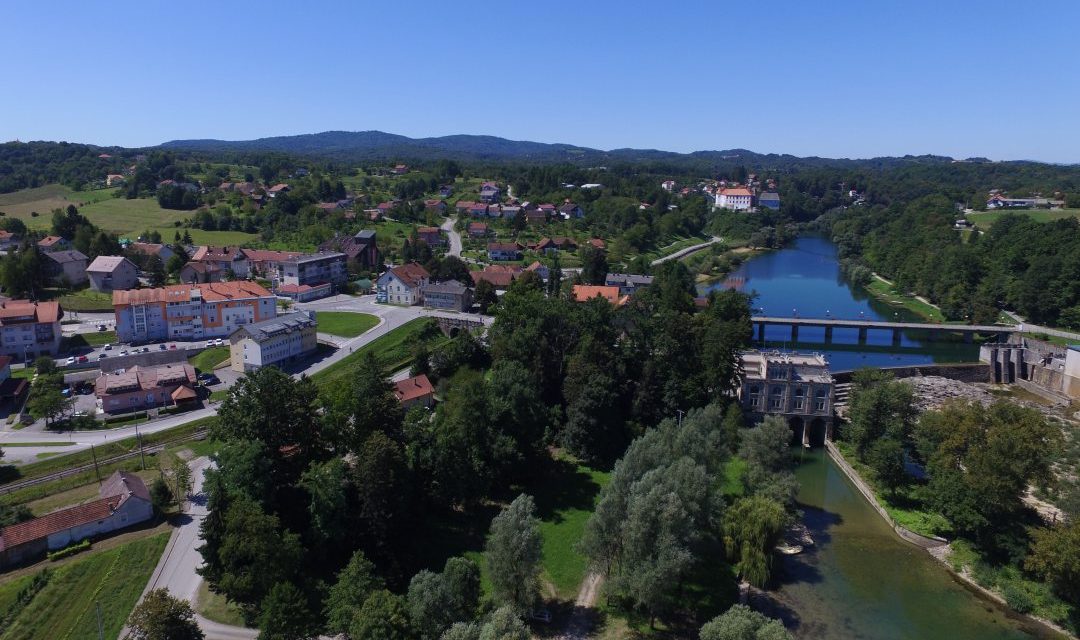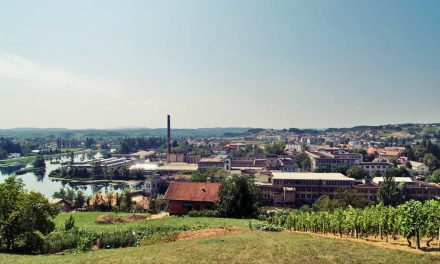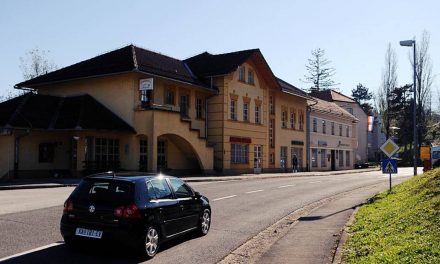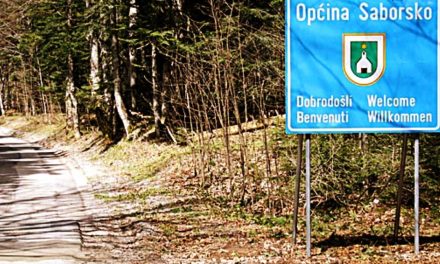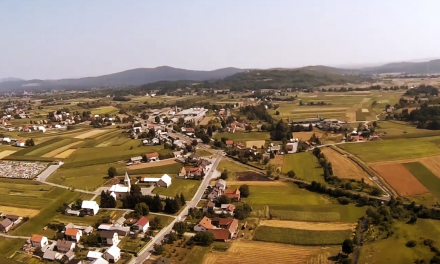The first contact with Ozalj is the Kupa river, and on that river you’ll se the so-called Munjara, a hydroelectric power plant, that was, almost like some kind of a castle, built in the middle of the river. This beautiful example of industrial architecture produces electricity even today. And from Munjara you will have the most beautiful view of the stony old Ozalj castle, built on a cliff above the river. If you are traveling by train, you will pass through a tunnel under the foundations of the old castle on the very bank of the Kupa river.
Ozalj was an attractive place to live even during the Roman period, so that there are still some Roman foundations under the castle. The old Ozalj castle was the starting point from which the members of the Zrinski and the Frankopan families went to many of their battles, at ancient dawns, accompanied by the creaking of the ancient wooden bridge that was once drawn up or lowered over the protective moat. At the time, this town inside a town was hiding one of the richest libraries and the everyday life of noblemen that were taking care of and protecting their people. Today one can find proof of this in the Town museum situated in the old castle, and by walking around this old building one can easily imagine what life at those times used to look like.
Another small Ozalj jewel is the medieval village of Trg, situated on a strategic defense spot, on one of the bends of the meandering river. This was a very wise choice, as at the time there were constant threats by numerous conquerors, so the settlement on the natural peninsula was additionally protected by an artificial canal and therefore became an island almost impossible to conquer. Also typical for this area is the so-called jalba, a knitted headgear that only married women used to wear, and that today is a part of the protected cultural heritage. While walking around the village you will notice the traditionally built houses with straw roofs, so don’t forget that they were once equally modern and functional as today’s ‘smart’ roofs covered with solar panels, which will also one day become historical relics.
And if you are already strolling around the Ozalj area, where history is reflected at every corner, visit the Pauline monastery with its parish church in Svetice, which has for centuries been the sanctuary of faith, Croatian history, art and culture. And then slowly come back to the river bank not far from the Munjara and just enjoy the beautiful vistas, so often painted by Slava Raškaj, have a swim, and then take any of the wine routes. Here the Latin saying In vino veritas still holds true.

